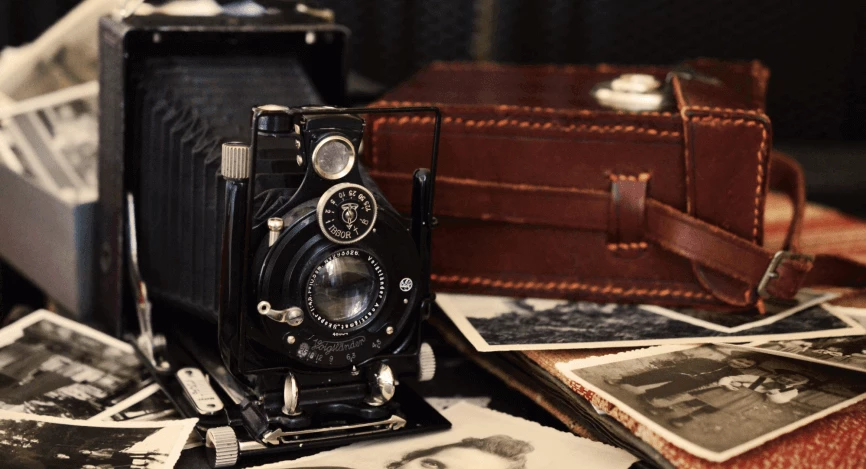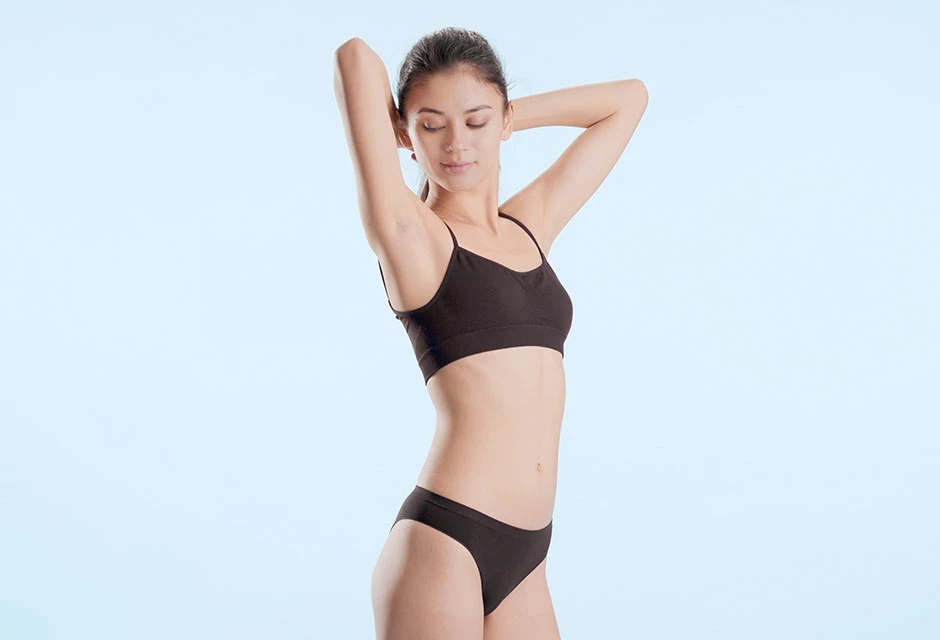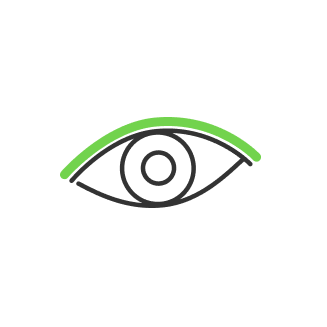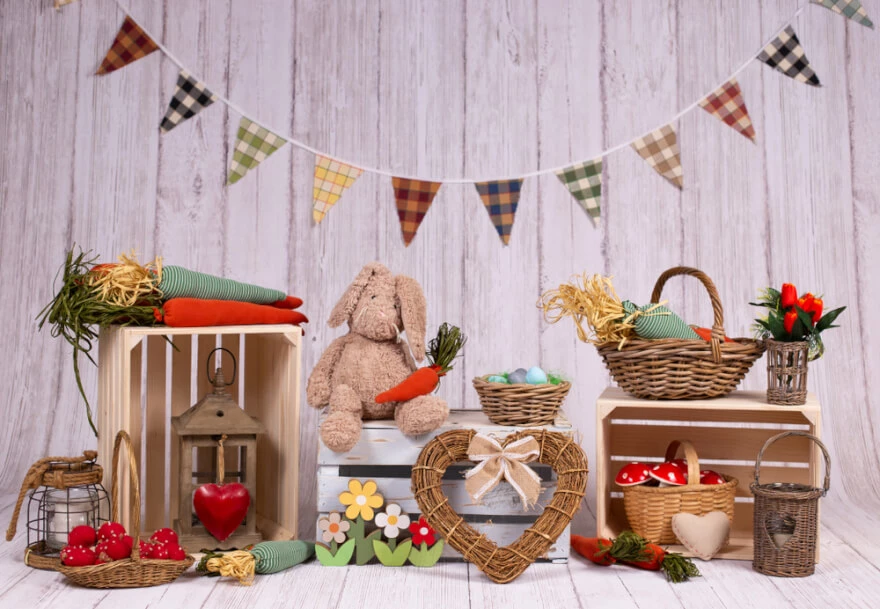How to take vintage photography

- Vintage photo shooting and camera settings
- How to take vintage photos - a few tricks
- Props and costumes for retro photos
Vintage photography emerged after the publication of the first professional colour photography. Today, vintage photography is reborn in a nostalgic search for aesthetics and authenticity. Pretty old photographs are imperfect with its own style, they have a few faded and aged colours with a roughness, which is not at all like the smooth, clean photographs that modern digital cameras create. There are several interesting techniques that can be applied to get these photos all over the place. The easiest way is to simply download the Instagram app to your smartphone, and the job is done. Whereas yesterday an excessive number of filters were used to give photographs a "dramatic" effect, today the preference is given to manual correction of contrasts and light. Black and white is also in vogue.
The square format is also popular in vintage themed photoshoots, which is more authentic and aesthetic than the horizontal format. Another option for taking vintage photographs is to use an old Polaroid camera, which is still popular today. They can be found easily at flea markets and on the internet. For events such as weddings, fairs or birthdays, this is an essential element to immortalize the best moments. Even in the fashion industry, some designers still cling to Polaroid photos. Analog cameras were a good way to create old style photos, which produced photos with a certain graininess and slightly saturated colours, and which film had to be regularly changed for 25 or 36 exposures. While burst mode cannot be used to get the “right shot,” shooting requires a little experience, focus, anticipation, and endless patience. These photographs especially attract with its showiness , which “age like good wine” and acquire value with age.
Vintage photo shooting and camera settings

Getting an original vintage look starts on set. And first you need to figure out which camera settings to use. Then, going deeper into the subject matter, learn how to use old lenses and edit photos. The fashion for retro-style in photography does not pass. There are more and more cameras on the market that date back to the past era of analog photography, digital cameras also offer more and more programs, so-called digital filters that turn ordinary photos into “analog slides,” and no one can count the number of applications for smartphones stylized photos in vintage style. Maybe it's a reaction to the technical precision of digital cameras or just a whim, but vintage photography is still becoming the new photographic religion. It's important to understand that vintage photography isn't just about choosing a retro style for your camera. It is very important to learn how to take high-quality pictures so that later they can be minimally processed using software. Getting an original vintage portrait starts with the right composition, taking care of the exposure and creating unique effects in post-production in a slightly more advanced way than with a few clicks on the phone. When doing vintage photo shooting, it's important to get the exposure right. Today has come a period of returning to the sentimental effects of old photographs. From soft photos to stylish vignettes. There are as many styles as there are shooting styles. So it's no surprise that getting to know vintage tech can be a little tricky these days.

Looking at photos posted online, you might think that this vintage photo is limited to phone app effects or a few swipes of the sliders in Photoshop. There is nothing further from the truth, the best photos in this style are obtained when a good starting material is prepared for them. This means that you need to correctly expose the photo already at the shooting stage. There are a number of hints to follow. Despite the frequent blurring of vintage-style photos, it is worth paying attention to the sharpness, especially if you are working with shallow depth. However, it is not necessary to strictly adhere to this rule, the main theme does not always have to be clear. Usually everyone advises to shoot at the lowest ISO possible to get the sharpest possible shots, but don't be afraid to increase the sensitivity and treat noise as part of your style. Vintage portraits are associated with shooting from the hip, surprisingly creating a non-standard shot. However, it is sometimes helpful to be mindful of composition and deliberately place the main subject in the center of the frame or near the edges of the frame. Of course, you can still follow the general rules. However, if you want to use more extreme effects such as hard grain, soft focus blur, plastic optics, you should keep the composition as simple as possible. This highlights the main theme and composition. Choose daylight for white balance, which is the most film-like setting, adapted to daylight temperatures. For higher quality shots, you can intentionally change the style to “inappropriate”, which changes the colours slightly, simulating the effect of a filtered film. Exposure in older cameras was very simple and often gave unexpected results. Therefore, if you set the exposure for retro photos, you don't have to be afraid of losing detail in shadows or highlights. However, this does not mean that you should completely ignore the histogram hints, but you still don't need to worry about overexposing or underexposing your photo a little before compensating +/- 1 exposure. The black and white filter is already standard in digital cameras. Now more and more cameras have digital filters that give certain effects, including retro ones.
How to take vintage photos - a few tricks
Many wondered what to do to make the photos look better and maintain a trendy vintage atmosphere. There are a few tricks that can help you achieve a vintage look. A retro or vintage vibe is nothing more than an image that mimics old photographic techniques. There are so many photographers, so many tastes - from polaroids and negatives to slides. Today there is great number of supporters of analog photography, also known as traditional photography. Lets try to present several techniques and tools that can be used to obtain the desired effect.
The first way is an analog camera. What's the easiest way to achieve the atmosphere of an old photo? It actually seems simple. One can take an old camera and shoot. The cheapest solution that will allow you to take pictures in vintage style is to buy a camera for 35 mm film (type 135 or just 35 mm). But not everything is so simple - there are several such cameras. Let's briefly dwell on three of them.
-
Compact (monkey) is a camera that does not require much effort or knowledge of the secrets of photography, you just need to press a button and get a photo. The decisive advantage of these cameras is that they are relatively cheap, but on the other hand, most of them do not have the ability to achieve eye-pleasing background blur. The quality and aesthetics of the photos is poor. The image is often overexposed by the flash. Nevertheless, it is an acceptable device to start with. With the help of such cameras, many photographers take pictures at concerts and various events. Rangefinder camera - such a webcam is more advanced and more expensive, therefore more suitable for vintage style photography. Its uniqueness lies in the fact that it is equipped with a viewfinder, which, in addition to previewing the frame, has a second square connected to the focusing ring on the lens. When the two fields overlap, the picture is in focus. In this case, it must be remembered that the picture in the viewfinder does not quite match what the lens sees. This shift is called the parallax effect. These old cameras have very interesting lenses that are sure to achieve a vintage look.
-
Single-lens reflex camera - many have probably come across this term. Its biggest advantage is that it covers the frame with what the lens sees. There is no parallax effect like rangefinders has. In addition, it is necessary to admit that DSLRs are comfortable to use, they are usually much better balanced and safer in the hand. The second way to make vintage photos is with an old lens mounted in a DSLR. Many photography lies not in the camera body itself, but in the lenses. Using them you can achieve brightness, that is, a picturesque blur of the background, which perfectly separates the main theme from the background. The parameter that takes into account the "degree of blur" is the ratio of the aperture to the focal length. A 50mm f / 2.8 lens will blur the background less than an f / 1.8 lens. On the other hand, a 135mm f / 2.8 lens will make the out of focus field softer than a 50mm f / 2.8 lens. In addition, 135 will give a larger approximation. Older lenses usually have an M42 mount, which won't fit many modern DSLRs. If there is a need to attach such a lens to a modern device, one can use the M42 adapter designed for such a system. Older lenses can paint beautifully and give photographs a unique character, and their prices are usually much lower than modern ones.
When making vintage photography with an analog camera, you should pay attention to the film that is being used.
![— Photo №3]()
Orthochromatic film actually has poor colour rendering. Today, the aspect of colour rendering can be called a function. In addition to the lens used, the type of film is also important to obtain the desired look of vintage pictures. In fact, one should not think about the detailed distinction between photographic films - they can be roughly sorted by type. However, to achieve a certain vintage look in photography, films with more modern emulsions should not be used. When choosing, for example, black-and-white film, ideally a so-called orthochromatic film should be chosen. Due to the higher sensitivity to blue light, one could theoretically get the typical haze of old photographs: people in the city in front of buildings appear somewhat vacant, while everything appears bright in the background and I look more vintage. Of course, this works best if you are using an older lens. If a portrait photograph is taken on orthochromatic film, the red lips appear very dark, since these emulsions are completely insensitive to red colour. This is known from photographs from the 1920s.
-
The third way is photo processing in a graphics program. This may come to mind in the first place when talking about vintage photoshoot ideas. In practice, styling old photos is not easy at all. Many people spend hours in Photoshop trying to tweak the effect to reflect the magic of analog film. There are simpler ways though. Most graphics programs have "effects" - you just need to click and a certain filter will be applied to the photo. To be honest, a lot of people use it because it makes things faster. When retouching, you need to pay attention to the fact that black and white photographs are quite old, so it may be worth converting or at least removing some saturation to make the colours dull. The negatives were imperfect and the photographs had heavy grain or "snow". Previously, lenses weren't perfect either - they vignetted, that is, they created a dark frame around the frame. This processing often adds an extra bump to a 2D photograph.

One of the key factors in creating old style photos is the photo paper on which the vintage photo itself will be printed later. When digitizing negatives, a very important point in the processing chain is the creation of a chemical image on genuine photographic paper. This means that if you want black and white photographs similar to those taken in the 1960s (or even earlier), then you should also use photographic paper of that time or develop it yourself in a dark room. Since photo paper, like the film used for recording, also has its own image characteristics. Of course, you should not use "ordinary" photographic paper for such work, which has a glossy, plastic surface and is a pure white paper medium.
Vintage colour photographs from the 60s and 80s are often captured with warming filters. They are characterized by the fact that over time and light on photographic paper, colours become different from before and tend to fade. Thus, blacks lose depth and the photograph becomes less contrasting than photographs taken today, even more so than photographs taken with a digital camera, where colours become more and more prominent. The steps to take with the photo are to work with the colours of the image to make it look faded. The goal is to keep the photo as monochrome as possible. In this case, first you need to start working on the black level, using colour correction. You need to make the settings as in the screenshot. This does not necessarily mean touching the black level directly, you can reduce the concentration of other colours — yellow, cyan, or magenta — so that the tints are washed out to black. Obviously, the colour frequency will vary depending on the original colour setting of a particular photo. When it comes to colour retouching, there is no hard and fast rule. The basic principle for giving a photo a vintage look is to work with blacks and grays, and also to bring an overall colour atmosphere to the photo. After completing the selective colour correction step, it is highly recommended to check the exposure of the picture. In fact, colour retouching can affect the overall photo. When it comes to photos that need a vintage look, a mistake to avoid is not lightening whites. This problem can be solved by changing the exposure. However, care should be taken not to over-contrast the image.
Props and costumes for retro photos

The props and the setting where work is carried out play a very important role when сreating a photo in retro or vintage style. Nowadays, many photo studios offer many ideas for this type of vintage photo shoot. It is worth choosing the right outfits for vintage style motives. If you decide to take a photo in the atmosphere of the 1920s and 1930s, do not forget about feathers, strings of pearls or hats. These are especially great vintage photoshoot ideas for girls. Vintage pin up photoshoot is mostly polka dots, bows and pins. It is worth going to a costume rental shop (there are such companies in every big city) or to the theater and look for phenomenal outfits. They will in many ways create a vintage atmosphere. The second point is props. If you are using the correct photographic background, you will not need it. All you need is a chair, an old suitcase, or a retro radio. It is a great idea to make a photoshoot in The Great Gatsby style, it is a grateful source of inspiration. Such motifs are mostly associated with flash, glitter, jazz and gangster parties. In this case, a dark plank floor and a wall consisting of more or less blurred luminous points will fit well into the composition. Vintage pin up photoshoot is another popular photography trend dating back to the 1940s and 1950s - sensual and colourful. Pin-up girls were always smiling, wearing flared dresses or lace underwear. Their photos were on posters that men hung on the walls (hence the name). Therefore, photographic backgrounds used for pin-up photo shoots should be pastel colours so as not to obscure the model's style. Graphics with a delicate pattern will work well: dots, stripes, a checkered pattern, or a small repeating pattern. Retro pictures of kids are always impressive. Contrary to the outward appearance, it is not necessary to arrange the motive in "the old fashioned way". An element that will greatly simplify the task will be an appropriate photographic background, for example, a children's room interior with a desk and a low bookcase. On the shelves are a teddy bear, a violin and several books.

Still, for vintage style photographs with a retro look, it's worth diving a little deeper into vintage. In the sense of photography, perhaps this is softness, a picture without sharp edges, without clearly drawn structures - things on which photographic technologies have been developed for many decades. Colours appear more pastel, but not saturated. There is blur. Black and white photographs are not gray, but slightly warm. Light "shimmers" and easily penetrates the shadows. Just retro style or vintage style doesn't mean anything. Unfortunately, it doesn't work that way. Some technical points should be considered more closely, as was done in the text above. Vintage photography is a fun way to get into the retro movement without growing or curling an ironic beard. There are many ways to try this, whether it's an old camera and film, or a few retro shots, or just editing existing images to give them a retro look. If you want to try it, you don't need to rob a bank, you can go to local shops, markets and auction houses. Often there are some great old cameras that still work. Then you just need to add a soulful image and a vintage motif to it, and you're done.

The word vintage itself says very little, but a well-chosen exposure exudes it. The vintage background print goes well with the model's style. The makeup, accessories, and hairstyle are well thought out and all of these individual aspects make for a great retro photography.
To summarize, if you look through magazines with photos that look old, perhaps they are mostly taken with analog cameras. But to make photos really look vintage, it is not enough just to use an old lens or camera. Simply saying vintage can be confusing and requires a clear understanding of what it means. This could refer to the high-contrast, subdued lighting from Film Noir, or to a faded 70s look. Interpretation really depends only on the photographer. Whereas earlier styles were dictated by fashion and technology constraints, today anything is possible.
He started his career as a professional photo designer and retoucher. Professional commercial photographer with 20 years of experience. He is a leading advertising photographer and has worked as a food photographer with Michelin-starred chefs. His work with models can be seen on the calendars of many leading companies in Ukraine. He was the owner of the photo studio and photo school "Happy Duck".

with RetouchMe















